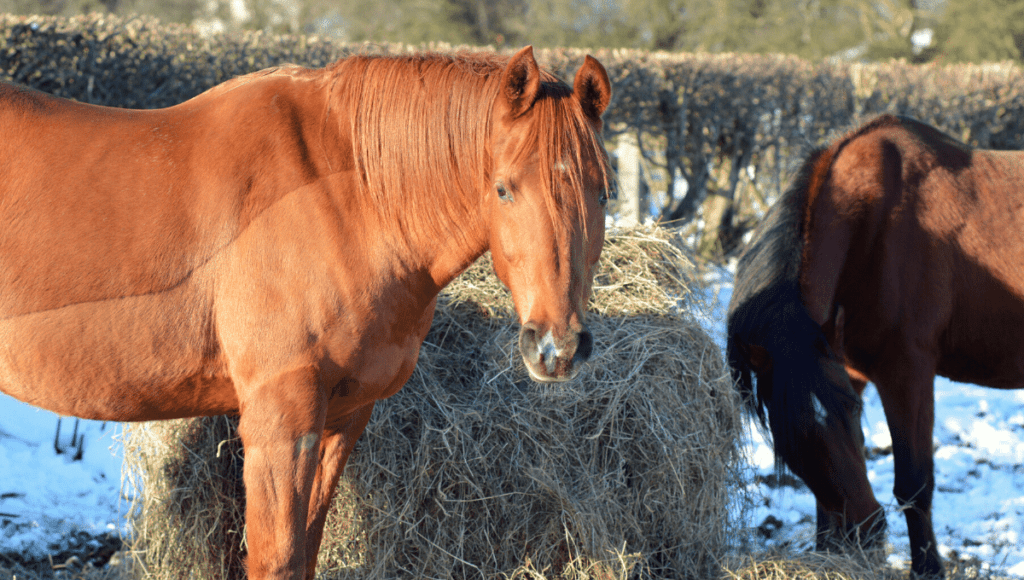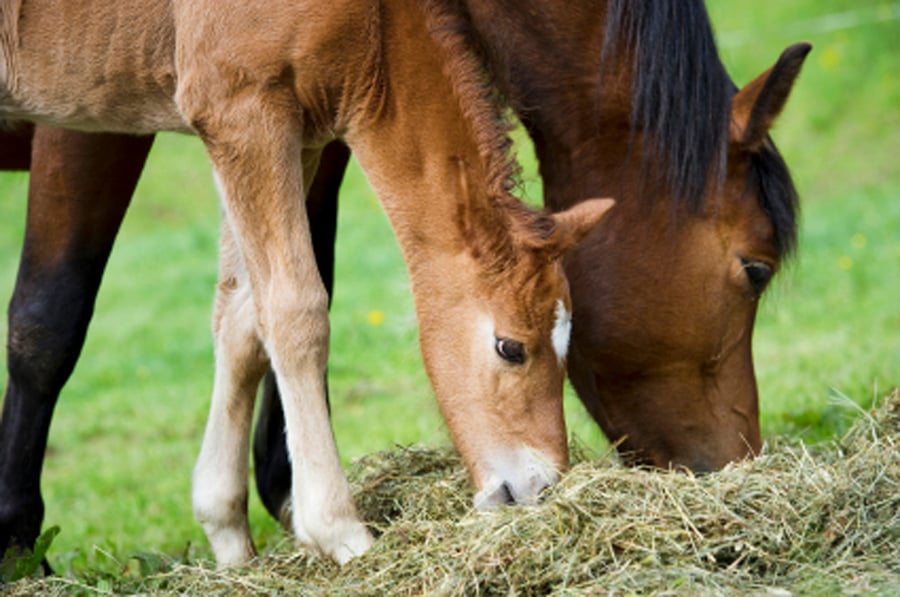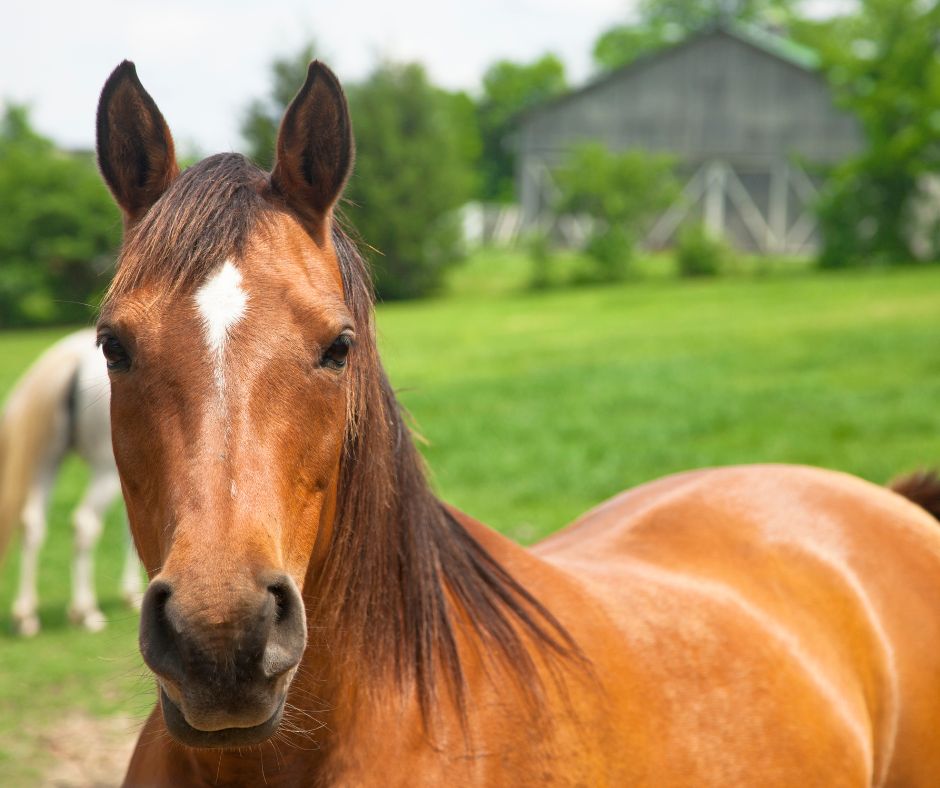Feeding Horses with Energy Imbalances: A Detailed Guide

Feeding horses with energy imbalances requires a nuanced understanding of equine nutrition and metabolism. Energy imbalances occur when a horse’s energy intake does not match its energy expenditure, leading to issues such as weight gain, weight loss, or metabolic disorders. This article explores the causes, symptoms, and nutritional strategies to manage energy imbalances effectively.
Understanding Energy Imbalances in Horses

Energy imbalance in horses can manifest as either an excess or deficiency of energy. This imbalance affects the horse’s overall health, performance, and well-being.
| Type of Energy Imbalance | Description | Common Causes | Potential Effects |
|---|---|---|---|
| Energy Excess | Intake exceeds expenditure | Overfeeding, low activity levels | Obesity, laminitis, insulin resistance |
| Energy Deficiency | Expenditure exceeds intake | High workload, illness, poor diet | Weight loss, muscle wasting, decreased performance |
Causes of Energy Imbalances
- Overfeeding: Providing more calories than the horse burns.
- Underfeeding: Insufficient caloric intake for the horse’s needs.
- Inadequate diet composition: Poor balance of carbohydrates, fats, and proteins.
- Health conditions: Metabolic disorders like Equine Metabolic Syndrome (EMS).
Nutritional Strategies for Managing Energy Imbalances
For Horses with Energy Excess
- Reduce calorie intake: Limit grain and high-sugar feeds.
- Increase forage quality: Use low-calorie, high-fiber hay.
- Encourage exercise: Regular physical activity to increase energy expenditure.
- Monitor body condition: Use body condition scoring (BCS) to track progress.
For Horses with Energy Deficiency
- Increase calorie density: Add fats and oils to the diet.
- Provide high-quality forage: Ensure adequate protein and nutrient content.
- Frequent feeding: Smaller, more frequent meals to improve digestion.
- Supplement vitamins and minerals: Support metabolic functions.
Sample Feeding Plan Table
| Horse Condition | Feed Type | Quantity | Frequency | Notes |
|---|---|---|---|---|
| Overweight Horse | Low-calorie hay | 1.5% of body weight | Twice daily | Avoid grains and sugary treats |
| Underweight Horse | High-fat concentrate | 0.5% of body weight | Three times daily | Include vitamin/mineral mix |
Frequently Asked Questions (FAQ)
Q1: How do I know if my horse has an energy imbalance?
A1: Signs include unexpected weight changes, changes in appetite, lethargy, or poor performance. Regular body condition scoring helps detect imbalances early.
Q2: Can energy imbalances cause laminitis?
A2: Yes, especially energy excess linked to obesity and insulin resistance can increase laminitis risk.
Q3: What role does exercise play in managing energy imbalances?
A3: Exercise helps balance energy by increasing expenditure, improving metabolism, and maintaining healthy body weight.
Q4: Are supplements necessary for horses with energy imbalances?
A4: Supplements can support metabolic health but should be used under veterinary guidance.
Conclusion
Managing energy imbalances in horses is crucial for their health and performance. By understanding the causes and implementing tailored nutritional strategies, horse owners can ensure their animals maintain optimal body condition and metabolic health.
This article provides a foundational guide. For personalized advice, consult an equine nutritionist or veterinarian.
